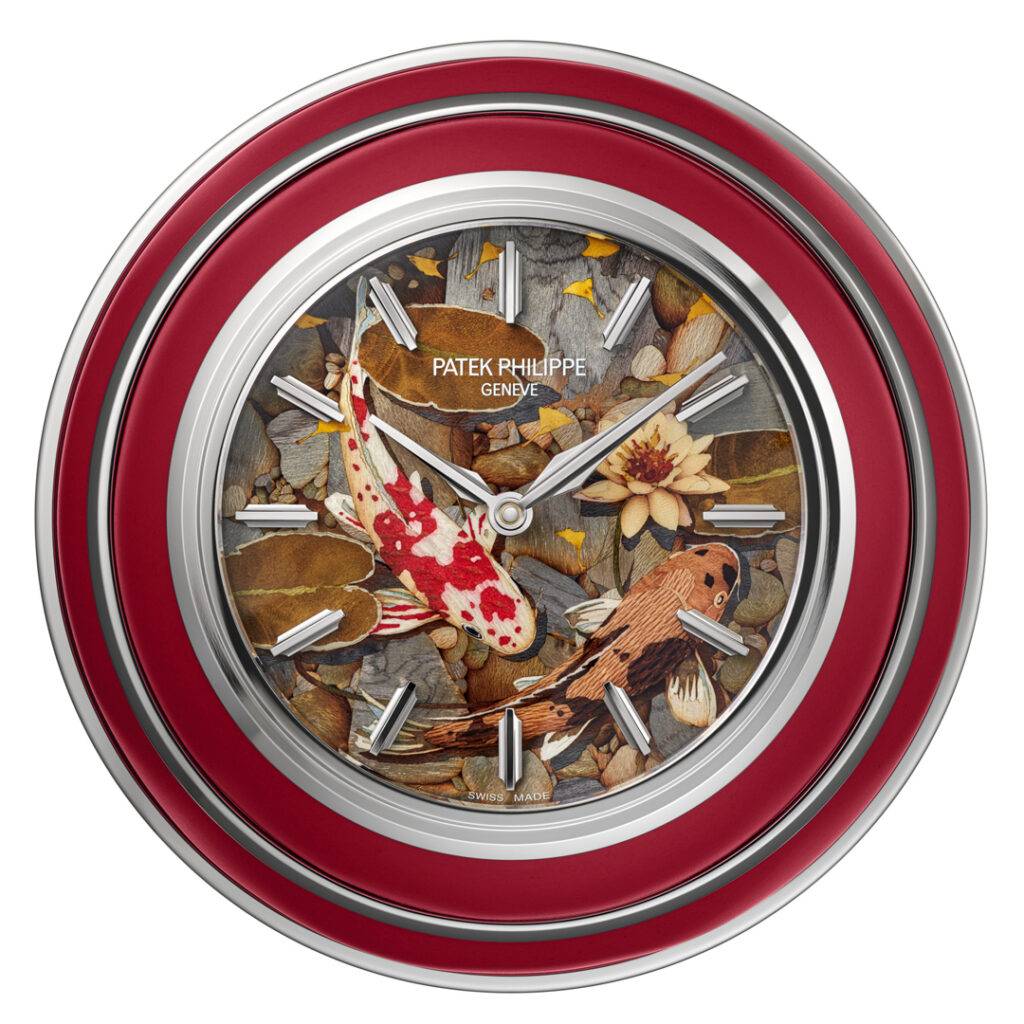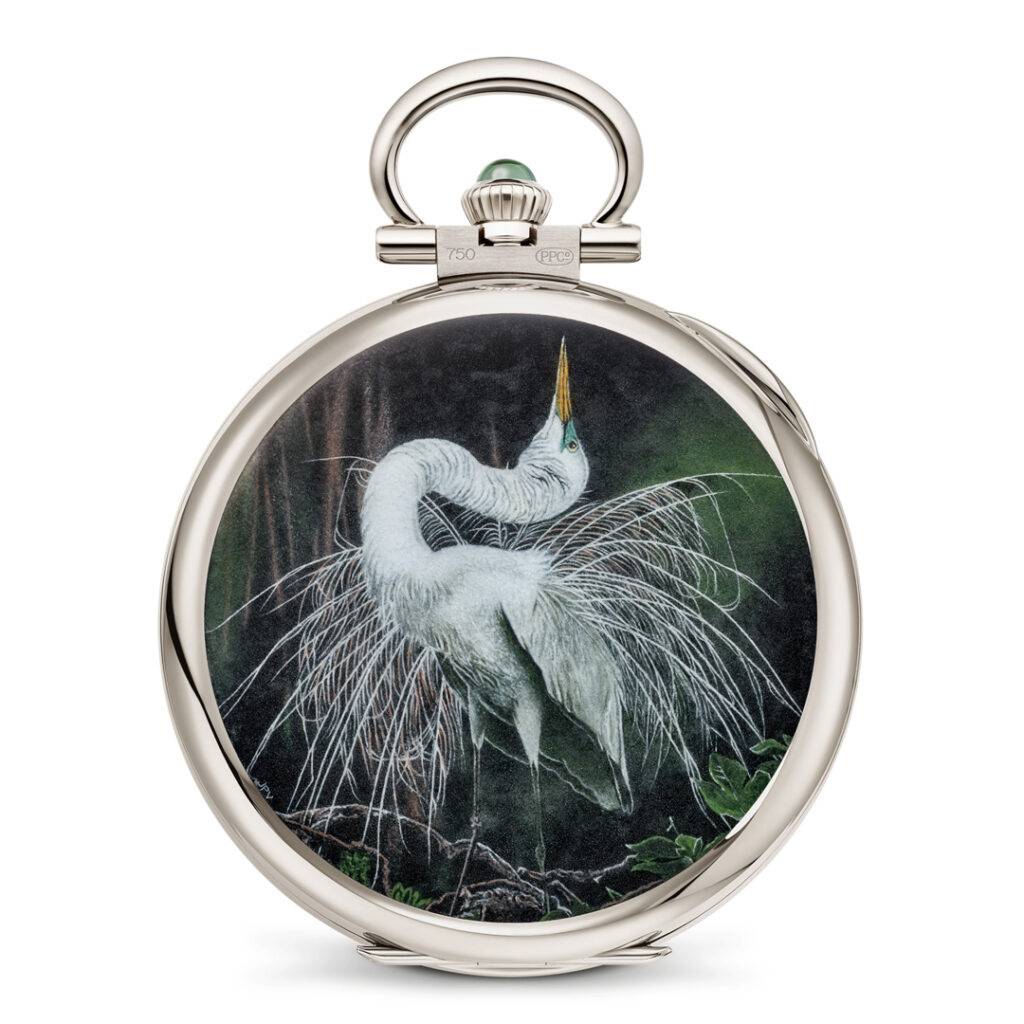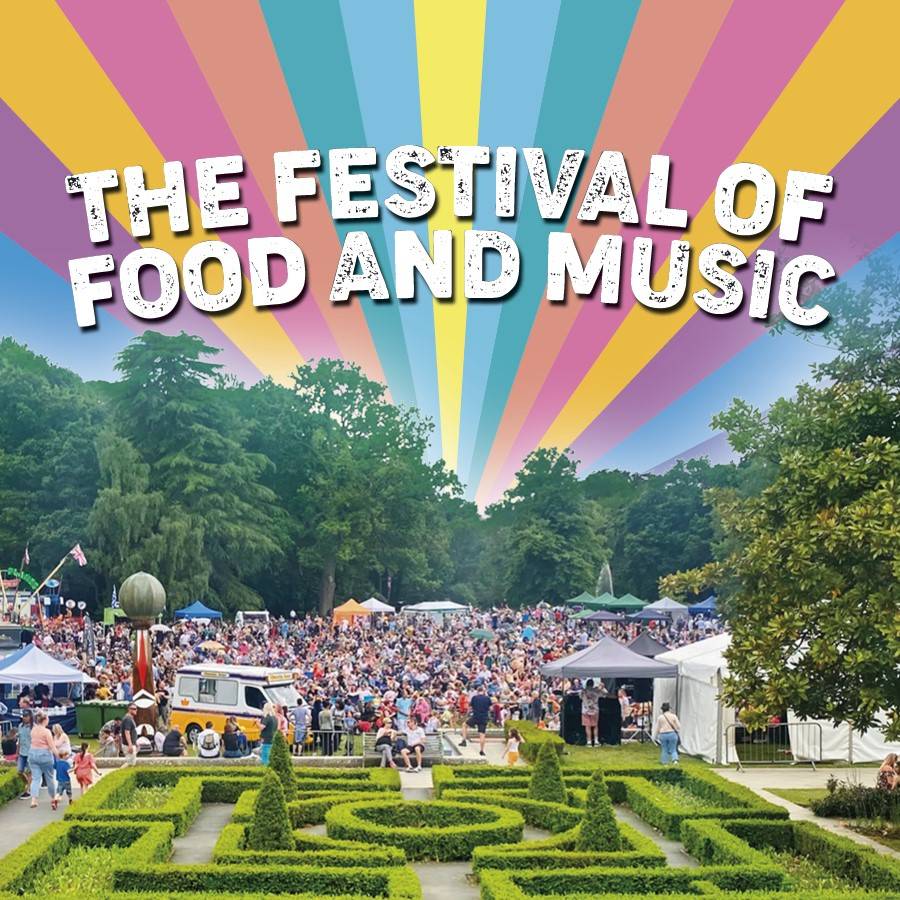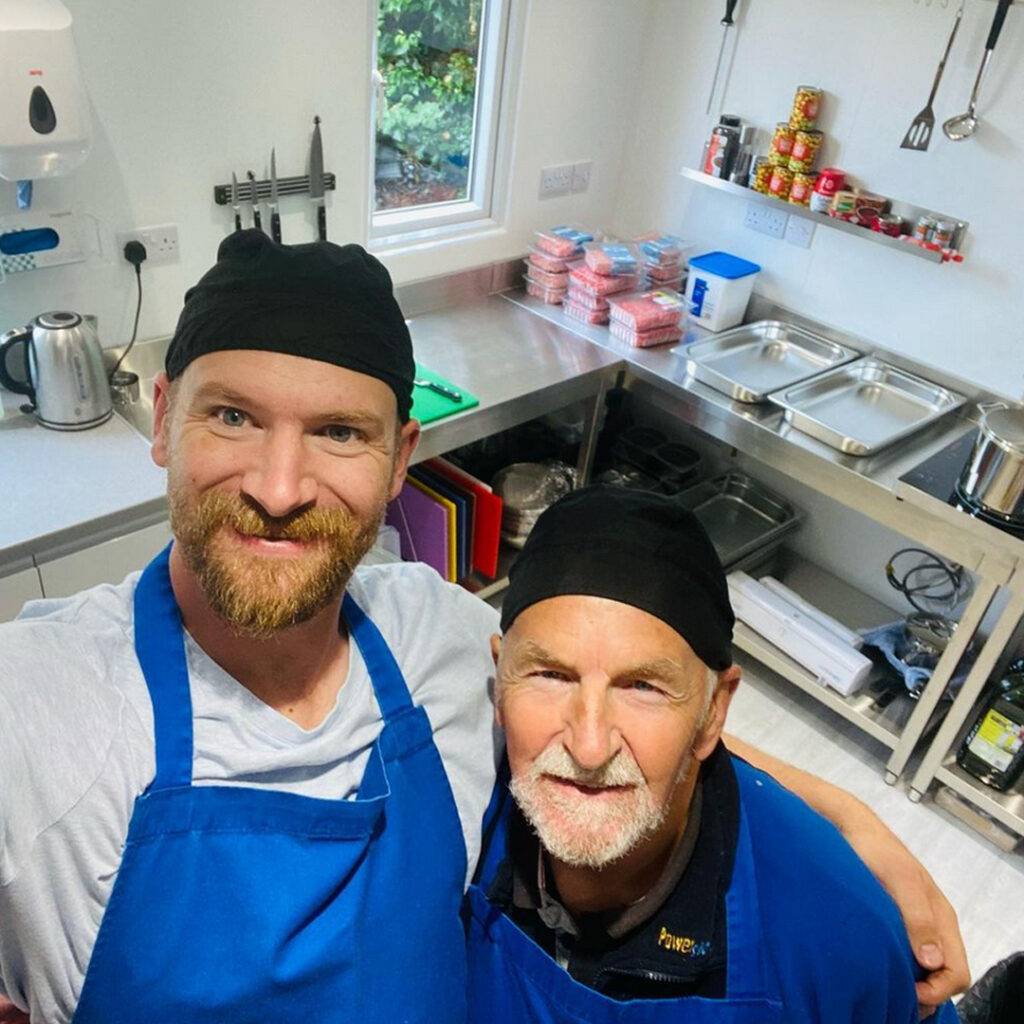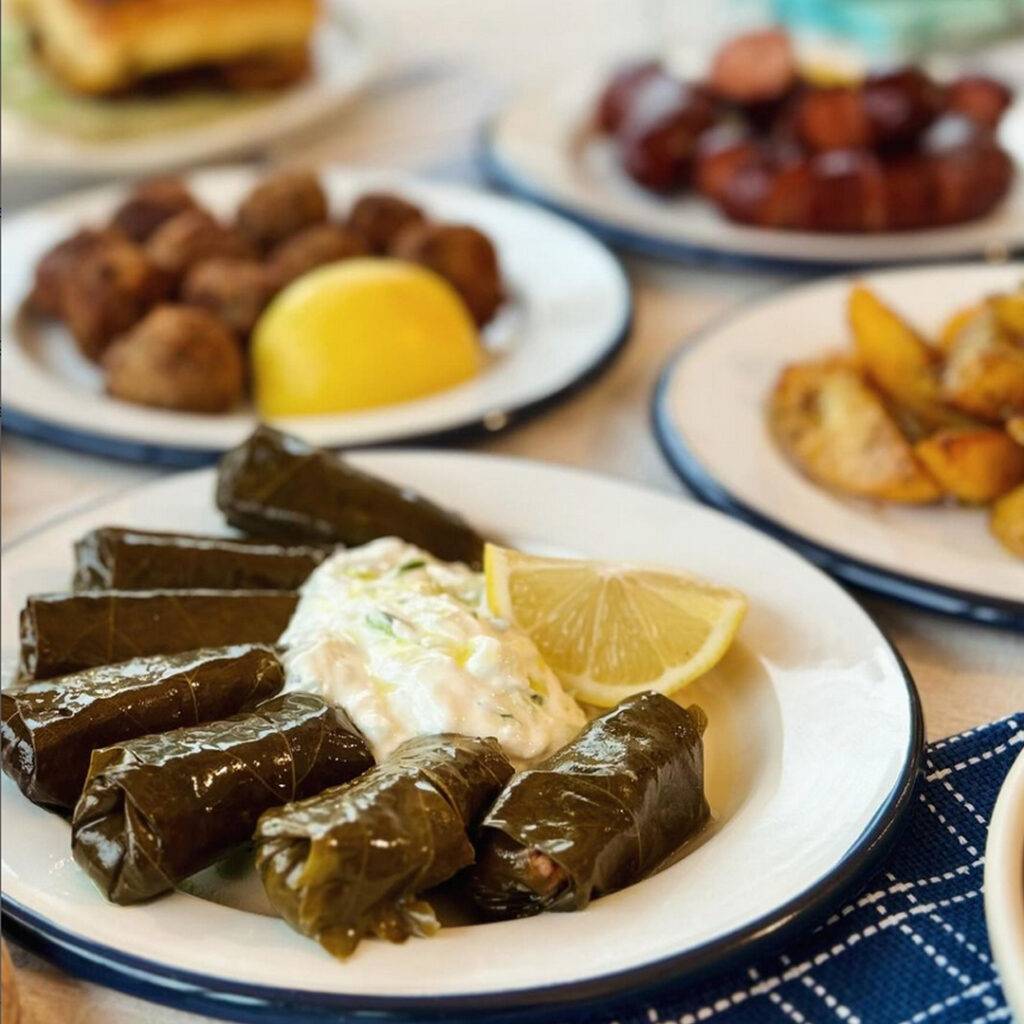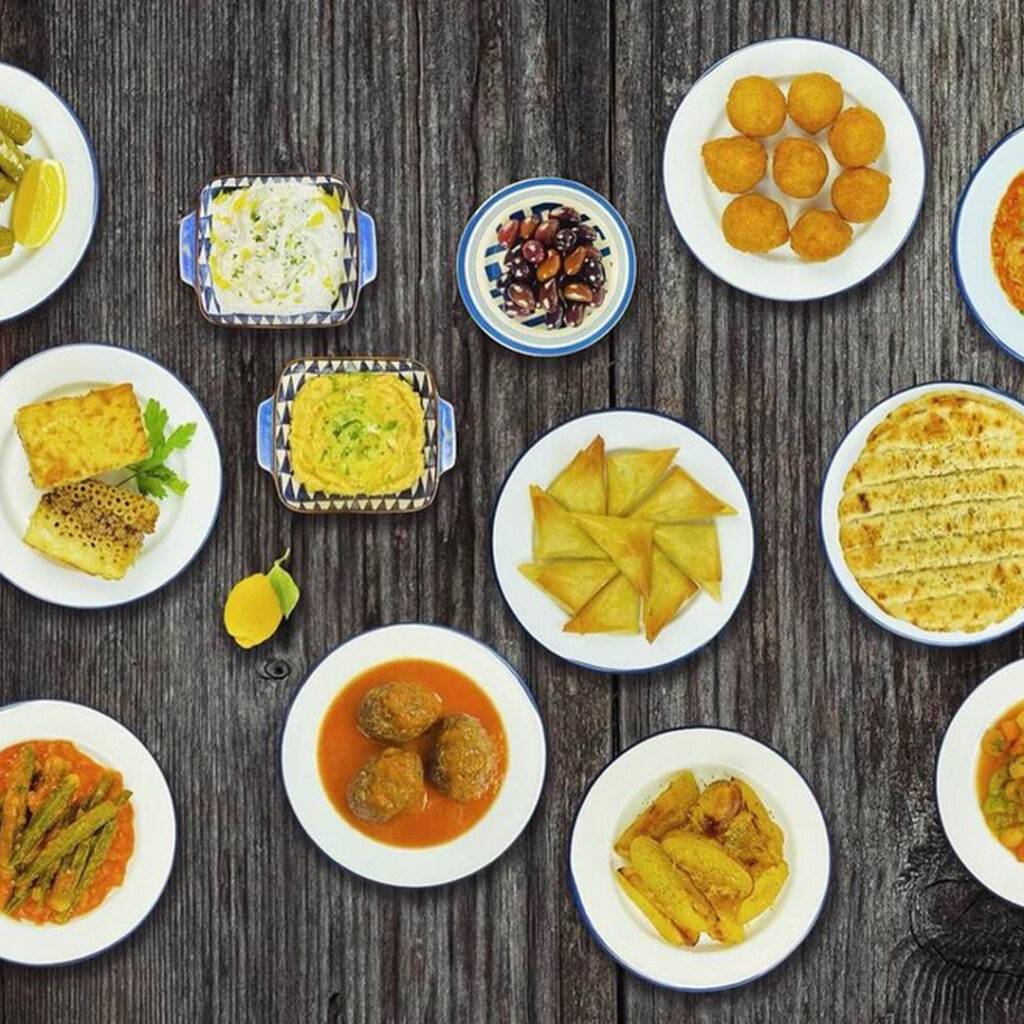Discover plants, garden and home accessories, art, design, sculpture, fashion, gifts and tempting foods and wine and more
The Garden Show is back to celebrate the 30th and the last at Stansted Park from June 7th to 9th.
Thirty years ago the first garden show at Stansted Park in Hampshire was created as a forum for the smaller family fun businesses and to showcase the work of talented artisans particularly those who couldn’t afford the larger, more commercial shows.
It’s a great opportunity to explore what’s on the doorstep; source new talent, designers and artisans. Browse affordable and handpicked companies showcasing the latest specialist plants, garden and home accessories, art, design, sculpture, fashion, gifts and then treat your taste buds to tempting foods and wines.

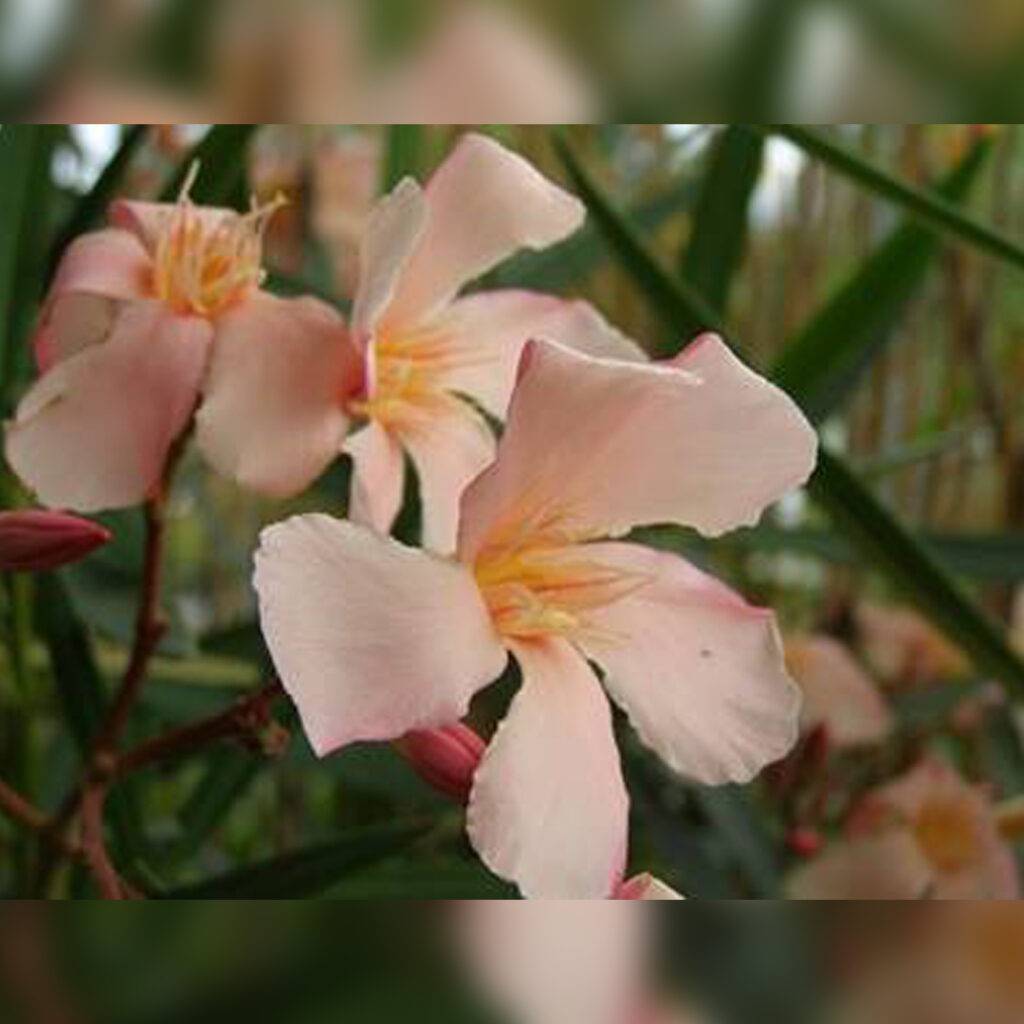
Pick up top tips from horticultural experts to solve those frustrating problems – as ever the specialist plantspeople will bring their knowledge and brilliant advice plus we have daily expert advice from The Gardening Doctor, Paul Slater, who will also be giving a Talk on Friday on ‘Plant Selection’. Also on Friday the show is joined by Dr Ian Bedford, entomologist, with The Pest Clinic to help solve any bug issues in as friendly a way as possible. On Saturday there is a Q&A Session on ‘Empowering Communities into Horticulture’ with Tayshan Hayden-Smith. Ben Cross from Crosslands Flower Nursery will also be back on the Sunday to extol, in his usual energetic way, on the ‘British Cut Flower Industry’… ‘British Flowers Rock’!
The Show’s chosen charity is CancerWise – www.cancerwise.org.uk – aspiring to be an enabling, compassionate community for people with cancer and those who care for them. Based in Chichester, offering support and information to anyone who is concerned about cancer. Through counselling, complementary therapies or emotional care, providing support to the mind, body, spirit and emotional health of people through and beyond cancer. They will be holding ‘A Giant Tombola’, prizes donated by the Garden Show Exhibitors, along with some fete fun games.
In memory of one of the original founders of the show, Lizzie Dymock, Tawny Nursery will be selling beautiful poppies in aid on CancerWise.
It’s not all about gardening with ongoing demonstrations including willow weaving, forging along with traditional chairs, broom, trug and fence making plus The Studio Shop artisans demonstrating and sharing their expertise on jewellery design, painting, photography, embroidery, felt making, woodwork along with so much more. Plus the opportunity to join in one of the Blacksmith Workshops and create a leaf to hang on The Tree of Life in aid of CancerWise.
There is plenty to engage your children & indeed the whole family: watch children play in the beautiful parklands, ride on the toddler fun fair with Carousel Amusements, watch Huxley Birds of Prey soar through the skies, learn circus skills with Crazee Hazee and enjoy the daily Punch & Judy shows as well as ‘have-a-go-archery’ with The Queens Archers.
Next year the show moves to Broadlands from June 6th to 8th.
Ticket prices on the gate: Adult £14. Senior £12. Child £5 (Age 5-16yrs. Under 5yrs free). Family £35 (inc 2A & 4C). Prebook and save 15%.
More details and booking at The Garden Shows














